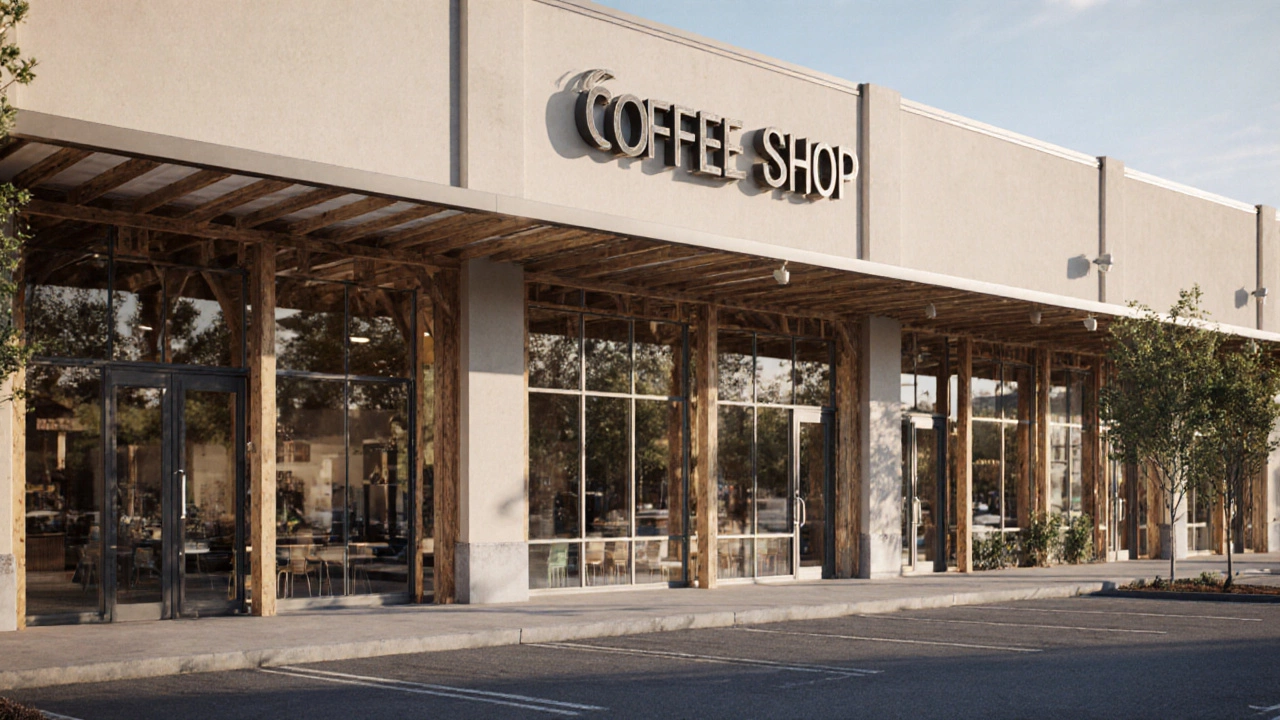Wood Frame Building: What It Is, How It Works, and Why It Matters
When you think of a house in the UK, you’re probably picturing a wood frame building, a construction method using wooden studs, joists, and rafters to form the skeleton of a structure. Also known as timber framing, it’s the backbone of nearly every new home, extension, and renovation project across the country. It’s not fancy, but it’s smart, fast, and proven—over 90% of UK homes built since the 1950s use this system. Why? Because it balances cost, speed, and strength better than almost any other option.
What makes a wood frame building work isn’t just the wood—it’s the system behind it. The structural framing follows strict spacing rules, like the 16-inch or 24-inch on-center standard, to evenly distribute weight. This isn’t guesswork; it’s built on decades of engineering and building codes that ensure safety, insulation, and durability. You’ll find this same system in everything from tiny garden studios to multi-story terraced houses. It’s flexible enough to adapt to any layout, and it’s easy to modify when you want to knock down a wall or add a bump-out.
Compared to brick or concrete, wood framing is lighter, which means less stress on foundations and easier transport. It’s also faster to build—teams can erect the shell of a house in days, not weeks. That speed cuts labor costs and reduces weather delays. But it’s not just about speed. Modern wood frame buildings use treated timber, engineered joists, and moisture barriers to fight rot, pests, and damp. You’re not just getting a wooden box—you’re getting a system designed to last.
And it’s not going away. Even as new materials like cross-laminated timber emerge, wood framing remains the go-to because it’s familiar, repairable, and widely understood by tradespeople. Whether you’re planning a wood frame building for a new home, a loft conversion, or a garden office, knowing how it works helps you ask the right questions. You’ll spot red flags in quotes, understand why certain materials are used, and make smarter choices when it comes to insulation, soundproofing, or adding windows.
Below, you’ll find real-world guides on everything from foundation issues and home extensions to renovation upgrades and construction rules—all tied back to how wood frame buildings are built, modified, and maintained. No theory. No fluff. Just what you need to know before you start your next project.
What Is Type 5 Building Construction? Understanding Wood-Framed Structures in Commercial Use
- Gavin Whitaker
- |
- |
- 0
Type 5 building construction uses wood framing for small commercial buildings like retail stores and clinics. Learn how it works, where it's allowed, fire safety rules, and what to check before leasing or buying.
View more